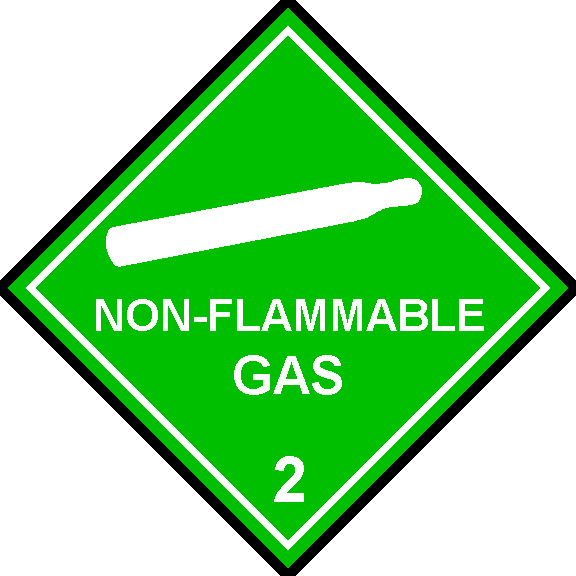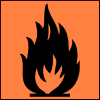_______________
I Dare You!!
What am I daring you to do? I’m daring you to step back and redesign your teaching priorities for a whole month. I’m talking about putting less time into close reading and reading strategies and putting more time into highly focused word learning. For one month (Jan. 31 to Mar. 3), spend 90 minutes a week teaching vocabulary in your classroom. I’m challenging you to create a classroom environment where your students’ appreciation of word knowledge is heightened more than usual.
I dare you to allocate 90+ minutes a week
for direct instruction of word learning
for one month.
Why?
Because, “…correlations between vocabulary size and life chances are as firm as any correlations in educational research….there’s no better index to accumulated knowledge and general competence than the size of a person’s vocabulary.” (Hirsch, A Wealth of Words)
Because, “…vocabulary size is a convenient proxy for a whole range of educational attainments and abilities—not just skill in reading, writing, listening, and speaking but also general knowledge of science, history, and the arts.” (Hirsch, A Wealth of Words)
Because as Marzano keeps reminding us, “The importance of direct vocabulary instruction cannot be overstated.”
Because, "The number of words that students need to learn is exceedingly large; on average students should add 2,000 to 3,000 new words a year to their reading vocabularies" (Beck, McKeown & Kucan, 2002).
Because, ”The key to increasing upward mobility is expanding vocabulary.” (Carter, How improving Vocabulary Helps Human Flourishing)
Because, “Vocabulary is critical to an active imagination. A child’s ability to imagine things beyond their own senses is directly related to the depth and breadth of their vocabulary.” (Clarkson, Speaking of Imagination)
I can keep going...but you get the idea.
During my tenure as Title I coordinator, I found teachers reluctant to give up reading-teaching time in order to make time for more vocabulary study. They had to reduce the teaching of reading strategies to make time. There is very little evidence that teaching a multitude of reading strategies improves reading but our teachers had become quite attached to the reading strategies protocols.
We asked teachers to “just try it” for a while (just like I am asking you now) and see how it went. From there we were able to create a dialogue about prioritizing and what the research says. We changed our focus and started making much greater gains in reading scores.
Join us in this challenge. Let's create a dialogue. During the challenge month, I will be sending encouragement in the way of research and ideas. At the end, everyone is asked to share their experiences. My hope is that this experience and subsequent dialogue will also give your students a lift in their reading scores and confidence.
Guidelines for meeting this 90-Minute Challenge:
DO:
- Have your middle grade students pick words they don’t know from the context of what they are reading. Paired reading is one way to do this (see VOCABUTRIX for more ideas).
- Provide a common word list, that represents the expectations for word learning for your particular group and/or subject area.
- Provide personalized structured approaches for dealing with words in challenging texts (see Worder Nerds).
- Have students look up words on their phones, on tablets, or on computers. If you’re worried about using cell phones in class, see the tip below.
- Have students discuss aloud with their peers their personal connections to any aspect of the word that they have looked up.
- Have students discuss different contexts for the words they are learning and the “feeling” the words elicit based on their personal experience (connotations).
- Do have students review their favorite new words, expecting that the exposure created by sharing personal connections will help the learning stick.
DON’T:
- Give everyone the same weekly word list with no opportunities for differentiation.
- Avoid challenging texts for struggling readers.
- Expect students to learn vocabulary primarily via the dictionary.
- Spend time memorizing rote definitions, without context.
- Assess progress by testing word knowledge independent of context.
- Feel obligated to teach every aspect of a word’s meaning (see We Don’t Know Words from Adam).
Tip: Cell Phones and Digital Dictionaries:
Teaching your students dictionary skills is important but should not be required for learning word meanings. What’s important here is to get to a valid definition quickly. If students are allowed to use phones, have them download a dictionary app. Once downloaded, students can put the phone in “airplane” mode. A digital dictionary is of course also accessible from a tablet or computer. Once students can quickly look up words on digital devices, they often make it a habit, and what a great habit to encourage!
So what do you think? Can you join us? We will help you along the way with tips, inspirations, and motivational support. For a month, January 31 to March 3, prioritize 90 minutes a week for vocabulary growth. Sign up or simply learn more at my webpage on Wordlab:The 90-Minute Challenge.
Oh, and before you go, tell us in the comments area about any roadblocks to spending 90 minutes a week on word learning. We’d like to hear from you!















